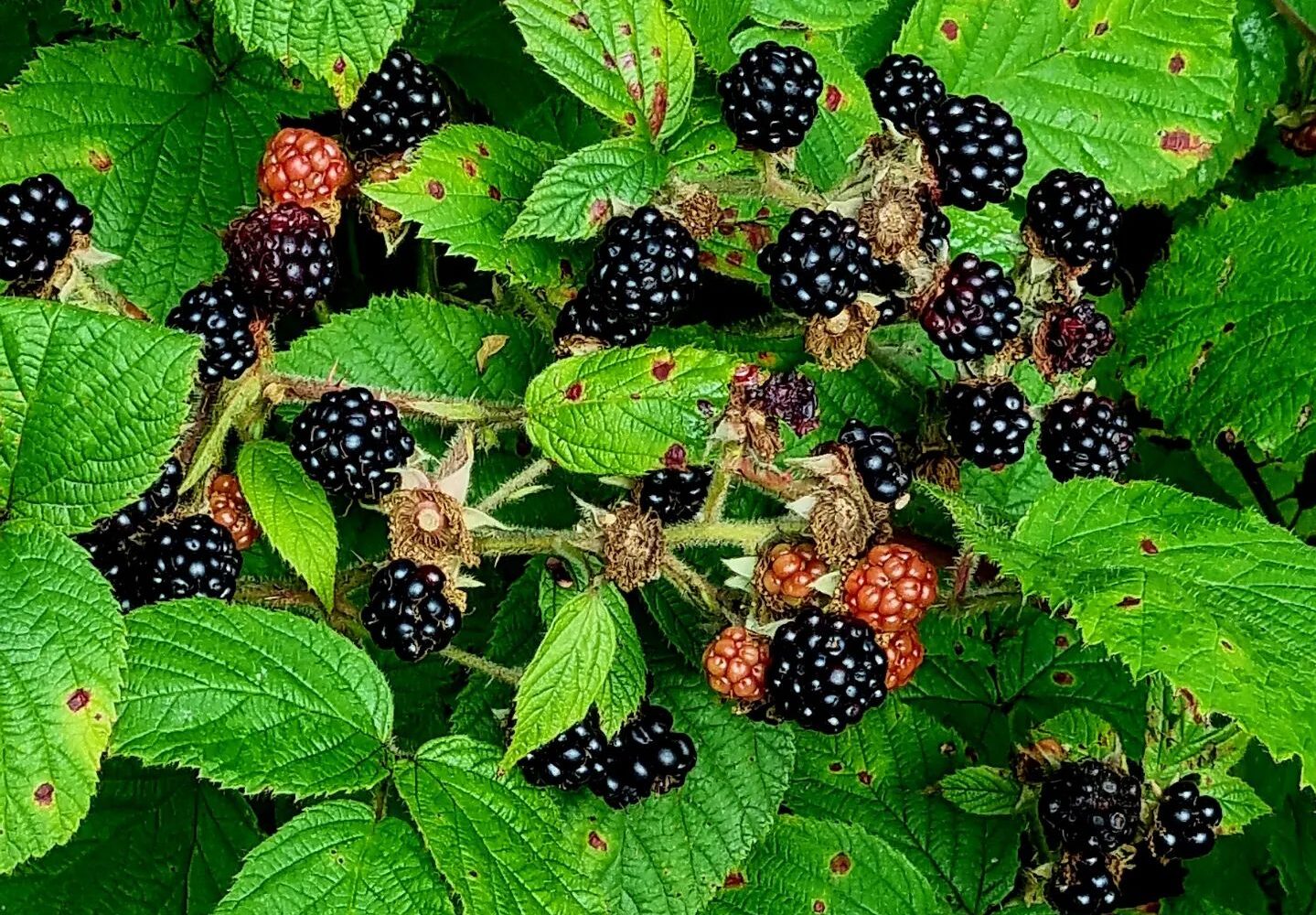When cultivating blackberries, an important consideration is whether the plants will have thorns Some blackberry varieties are notoriously thorny, while others are thornless. So what determines if a blackberry plant will be thorny or smooth? Let’s examine the key factors that cause thorn formation in blackberries
Overview of Thorns in Blackberry Plants
Wild blackberries typically have thorns as a defense mechanism. However, cultivated blackberry varieties may be thornless due to selective breeding. Key points:
-
Thorny blackberries – Native wild plants and some cultivated varieties
-
Thornless blackberries – Selected cultivars bred to be smooth
-
Thorns act as protection against foragers like birds and deer
-
Thornless varieties are easier to pick and manage
-
Thorniness is a genetically determined trait
Do Wild Blackberry Plants Have Thorns?
Wild blackberry plants almost always have thorns. The thorny stems help defend the plant against foraging by animals that would eat the stems, leaves, and berries. Thorns discourage grazing by larger herbivores like deer. They also make it harder for birds to land on branches and feed on berries.
So in their native habitat, thorns provide an evolutionary advantage to wild blackberries. Plants with thorns survive and reproduce more successfully than smooth, defenseless ones. Therefore, wild blackberry plants maintain the thorny trait through natural selection.
Why Were Thornless Blackberry Varieties Developed?
Once blackberries began being intentionally cultivated, thorny bushes became a nuisance. Thorns make harvesting fruit difficult and painful for pickers. Spines also entangle and damage other plants nearby.
So breeders selectively crossed smooth, thornless sports or mutants with cultivated thorny varieties. This allowed developing cultivated blackberry plants that were thorn-free but had desirable fruit qualities.
Key advantages of thornless blackberry plants:
-
Easy, painless hand-harvesting of berries
-
Less tangled, confined growth habit
-
Reduced scratching and damage to pickers
-
Don’t create impenetrable thickets like wild plants
What Determines Thorniness in Blackberries?
Thorniness in blackberry plants is controlled genetically. Wild plants inherently have the dominant allele for thorns. But cultivated thornless varieties have a recessive allele preventing thorn formation.
There are two main sources of thornless genes in cultivated blackberries:
-
A recessive gene from ‘Merton Thornless’
-
A dominant gene from ‘Austin Thornless’
So through selective breeding, thornless blackberry cultivars were created by introducing these mutant non-thorny alleles into breeding lines.
Do Erect or Trailing Blackberries Have More Thorns?
Growth habit is related to thorniness in blackberry plants:
-
Erect blackberries – Often thorny but some thornless cultivars exist
-
Trailing blackberries – Tend to be thornier overall
Trailing types like dewberries tend to be more heavily thorned. They produce long vines running along the ground, using thorns to anchor and cling.
Although some erect blackberries have thorns, there are also many thornless cultivars. Growers often prefer spineless erect varieties for easier picking and management.
Examples of Thorny Blackberry Varieties
Some commonly grown thorny blackberry cultivars include:
- Cherokee
- Comanche
- Chester
- Hull
- Illinois Erect
- Shawnee
These produce quality berries but require thorn-proof gloves for harvest and frequent training of rambling shoots.
Examples of Thornless Blackberry Varieties
Some popular thornless blackberry varieties include:
- Ouachita
- Natchez
- Osage
- Triple Crown
- Black Satin
- Dirksen
These have been bred to eliminate spines for easier cultivation and picking. They produce clusters of sweet berries on smooth arched canes.
Tips for Managing Thorny Blackberry Plants
If you choose to grow a thorny blackberry variety, here are some tips for dealing with the spines:
-
Train shoots and tie to trellises to control spread
-
Use thick gloves and long sleeves when pruning or harvesting
-
Cut out old floricanes immediately after fruiting
-
Surround plants with layer of mulch to hinder shoot emergence
-
Create tunnels of string or wire for berries to grow through, keeping thorns contained
While wild blackberries are universally thorny, cultivated plants may have either thorns or be thornless. Thornlessness is controlled by a specific recessive gene introduced through breeding. Choosing a spineless blackberry variety makes cultivation and fruit harvesting much easier. But even thorny plants can be managed with care and protection. So weigh your options and growing conditions when selecting blackberry plants with the right trait of thorns or no thorns.
Do Blackberry bushes have thorns? OUCH OUCH OUCH!!!
FAQ
Can blackberries have thorns?
Are blackberry bushes prickly?
What kind of berry plant has thorns?
- The Ultimate Guide to Growing Strawberries in Raised Beds - August 8, 2025
- No-Dig Garden Beds: The Easiest Way to Grow a Beautiful Garden - August 6, 2025
- How to Protect and Preserve Wood for Raised Garden Beds - August 6, 2025

